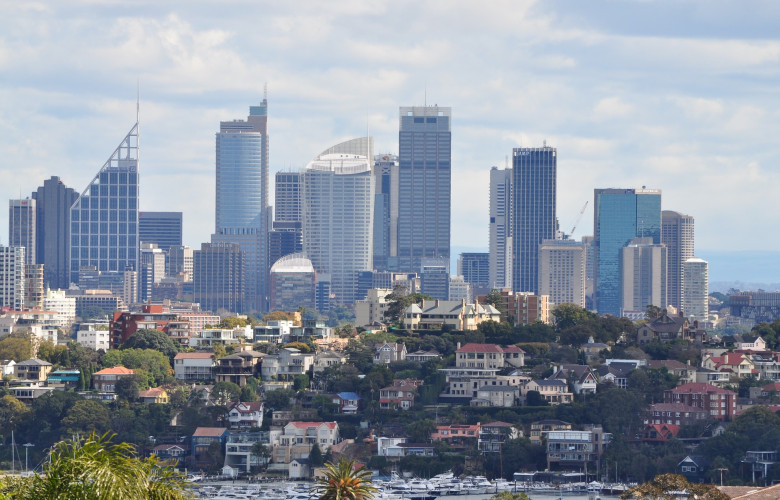Cities report shows widening economic gap
Contact
Cities report shows widening economic gap
Report states Australia faces a widening gap between the cost of properties closer to jobs and transport infrastructure and those in outer suburbs.
A new Federal Government report warns that a social divide may develop between people who live in inner areas and those on the fringes of major cities. Housing has always reflected economic status, but there is a widening gap between the cost of properties closer to jobs and transport infrastructure and those in outer suburbs, the State of Australian Cities 2014–2015 report said. It warned that people in outer suburbs who were alienated from job opportunities in the inner city posed growing a social and political challenge.
"Australia's cities are now increasingly characterised by the significant spatial divide between areas of highly productive jobs and the areas of population based services, reflected through the price premiums associated with houses that have better access to the city centre," it said. "There are clear social and economic challenges in outlying areas that are not as well-resourced in terms of accessible jobs, transport, facilities and services. Opportunities inherent in proximity to city centres are increasingly likely to be out of reach for people on the outer fringes of cities."
"There are currently two predominant locations for population growth occurring across Australian cities: extensive low-density growth on the urban fringe, and significant growth in high-density city centres," the report said. "This has led to large price premiums being paid for homes that are within close proximity to the economic activity in the CBDs of Australia's cities, and concentrations of social disadvantage being pushed further towards city peripheries."
In releasing the report, Deputy Prime Miniser and Infrastructure Minister Warren Truss said the government will continue to invest in urban and regional infrastructure. "While there is no doubt our cities are vitally important for the nation’s prosperity they cannot be considered in isolation from their surrounding regions," said Truss.
See also:
Can Melbourne build 63,000 new dwellings every year for the next 35 years?





